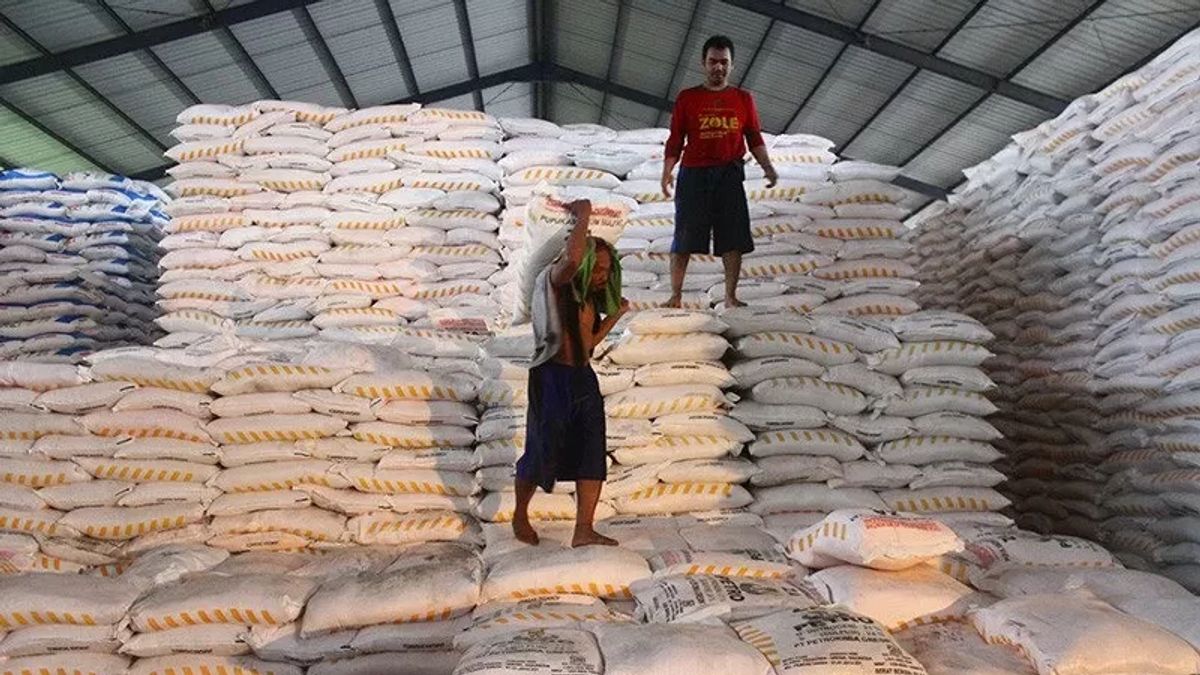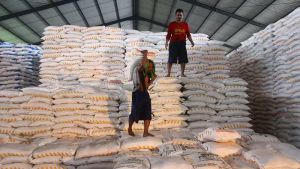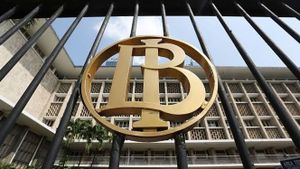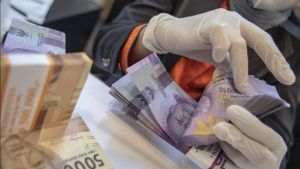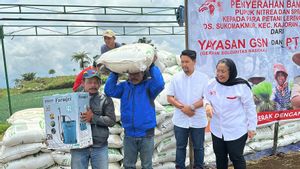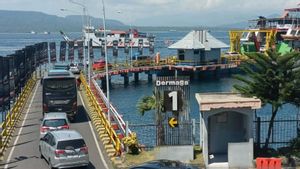JAKARTA – The production capacity of PT Pupuk Indonesia (Persero) is considered to have met the need for subsidized fertilizer set by the Government every year.
As is known, in 2023, the government will allocate subsidized fertilizers of around 7.8 million tons. The details are 4.6 million tons for Urea type fertilizer. Meanwhile, 3.2 million tonnes of nitrogen, phosphate, and potassium (NPK) fertilizers.
"In terms of production, the need for subsidized fertilizer has been met by the Pupuk Indonesia Group," said the Chairman of the DPR-RI Commission IV, Sudin, at the Parliament Building, Parliament Complex, Senayan, Monday, March 20.
Then, why is fertilizer still scarce?
Sudin explained that there were still problems with the availability of subsidized fertilizers, because the allocations set were not in proportion to the needs proposed by farmers in the Government's data collection system through the Ministry of Agriculture (Kementan).
"Demands for fertilizer from farmers throughout Indonesia amount to more or less 23 million tons, but the government is only ready to subsidize as much as 9 million tons of fertilizer, so a commotion ensues," said Sudin.
Therefore, said Sudin, he had asked PT Pupuk Indonesia (Persero) to build 1.000 commercial or non-subsidized kiosks throughout Indonesia. This is to overcome the problem of availability, especially for farmers who do not get fertilizer subsidy allocations.
"Then the farmers complained that fertilizer was scarce, so I ordered PI and its subsidiaries to make commercial or non-subsidized fertilizer kiosks. So if those who are subsidized cannot get them, they can buy non-subsidized ones," he said.
Meanwhile, the Marketing Director of Pupuk Indonesia Gusrizal said that the production capacity of Pupuk Indonesia Group's fertilizer products was able to meet the demand for subsidized fertilizer according to the allocation set by the Government.
Meanwhile, Pupuk Indonesia's production capacity totals 13.9 million tons, consisting of 8.8 million tons of urea fertilizer, 3.8 million tons of NPK fertilizer, and the remaining 1.3 million tons of other types.
SEE ALSO:
"So if our Urea is more than enough, our production is 8.5 million tons, subsidies are only around 4.7 million tons, so we have an excess of 3.8 million tons, while domestic demand is estimated at only 6.5 million tons, so we are still more than 2.5 million tonnes," said Gusrizal.
Meanwhile, for NPK fertilizer, Gusrizal said that Pupuk Indonesia's production capacity has also met and even has a surplus of around 300,000 tons. This is because the production capacity is around 3.5 million tons of subsidized NPK needs of around 3.2 million tons.
"Our capacity is only 3.5 million tons, subsidies are 3.2 million tons, so we have 300 thousand tons (surplus)," he said.
The English, Chinese, Japanese, Arabic, and French versions are automatically generated by the AI. So there may still be inaccuracies in translating, please always see Indonesian as our main language. (system supported by DigitalSiber.id)
